The Cost of Transforming Africa's Wet Savannas into Cropland

The world’s population is rising and with it are food demands. Policymakers are targeting Africa’s wet savannas as expendable areas easily converted into cropland. A study out from Princeton University finds that such a conversion to farmland would come at a high environmental cost.
The world’s population is rising and with it are food demands. Policymakers are targeting Africa’s wet savannas as expendable areas easily converted into cropland. A study out from Princeton University finds that such a conversion to farmland would come at a high environmental cost.
Without dense treecover, the savannas have been a primary target for many analysts, citing that the impact to the environment would not be as great as in a forest. In the past, large lands such as these have been leased out to groups for agricultural and bioenergy uses. However, this new study finds that only two to eleven percent of Africa’s wet savannas are suitable for producing staple crops, while also emitting less carbon dioxide than the average cropland across the globe.
When land conversion is considered, less than one percent of these lands would produce biofuels that meet the greenhouse gas reduction standards for Europe. Researchers found that recovering from converting just half of the savannas into cropland would take fifty years, mostly due to the amount of carbon released during the conversion. Before the ten year mark, less than one percent would be recovered. It is estimated that to meet Africa’s growing food needs, Africa would need to expand its cropland area by 350 million acres. This conversion would amount to 33 billion tons of carbon dioxide released - the same amount released globally in 2013.
Source: Princeton.edu
Source: Princeton.edu
Want to read more like this story?
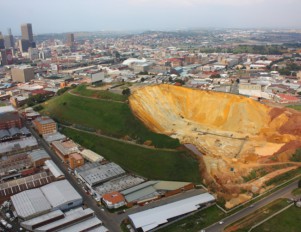
The devastating impact of Gold Mining in South Africa
Feb, 20, 2019 | NewsFor 130 years South Africa has been exploiting its gold resources in Johannesburg. But at what...

Scientists convert waste plastics into high-value carbon materials
Nov, 01, 2025 | NewsResearchers from Shenyang Agricultural University, the Guangzhou Institute of Energy Conversion (Ch...

The First Industrial-Scale Plant For Capturing Carbon Dioxide
Oct, 27, 2015 | NewsClimeworks AG develops the first plant for Carbon Capture carbon dioxide directly. Climeworks AG...
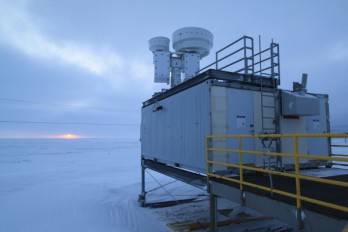
Evidence of Carbon Dioxide's Influence on the Greenhouse Effect
Feb, 25, 2015 | NewsScientists at the US Department of Energy’s Lawrence Berkeley National Laboratory demonstrated...
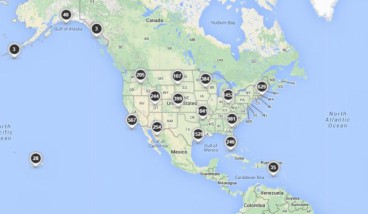
EPA Releases Greenhouse Gas Emissions Data from Large Facilities
Oct, 03, 2014 | NewsToday, the U.S. Environmental Protection Agency (EPA) released its fourth year of Greenhouse Gas Rep...
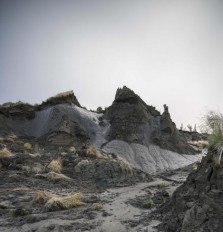
Thawing Permafrost: Feeds Arctic Microbes, Climate Change
Apr, 23, 2015 | NewsScientists at Florida State University are researching the fate of carbon released from during the t...
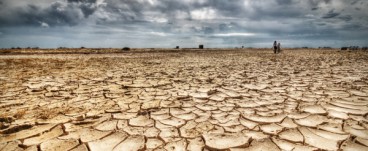
The fight for Water in the Middle East and North Africa
Sep, 09, 2015 | NewsMiddle East and North Africa face the prospect of new violent events for ... water. Turkey, Syria...
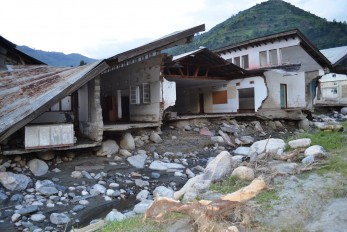
East Africa devastated by floods and landslides
May, 20, 2020 | NewsEast Africa is currently suffering unprecedented destruction due to extreme precipitation that resu...
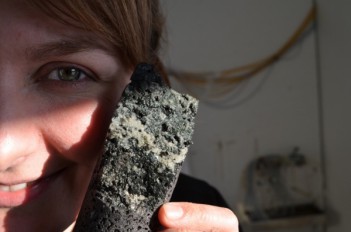
Power plants’ CO2 emissions are turned into stone in Iceland
Aug, 12, 2016 | NewsA new process of turning carbon emissions to solidified carbonate when pumped underground is under r...
Trending
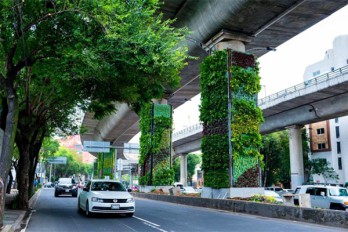
Vertical gardens in Mexico City to combat pollution

Characteristics of Load Bearing Masonry Construction

Taipei 101’s impressive tuned mass damper
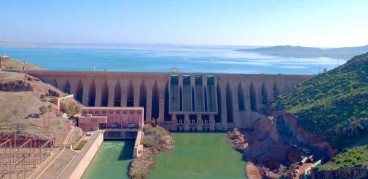
Morocco Implements Landmark Dam Perforation to Combat Water Stress in Marrakech

Dutch greenhouses have revolutionized modern farming

The Line at Neom faces feasibility reassessment while construction continues

A new chapter for Sunderland: The £31 million Keel Crossing opens

